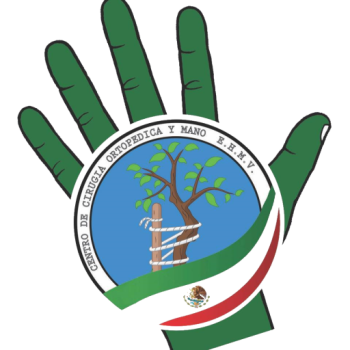What is de Quervain Tenosynovitis?

de Quervain tenosynovitis affects two thumb tendons: the abductor pollicis longus (APL) and the extensor pollicis brevis (EPB).
The APL and EPB tendons travel side by side along the inside edge of the wrist. They pass through a synovial tunnel near the thumb side of your wrist. The tunnel helps hold the tendons in place.
This tunnel is lined with a slippery coating called tenosynovium, which allows the two tendons to glide easily back and forth as they move the thumb. Inflammation of the tenosynovium and tendon is called tenosynovitis.
In de Quervain tenosynovitis, the inflammation constricts the movement of the tendons within the tunnel.
Causes of de Quervain Tenosynovitis
- Repeated hand and thumb motions such as grasping, pinching, squeezing, or wringing may lead to the inflammation of tenosynovitis.
- Holding your hand at an angle to your wrist creates a compression point that excessively rubs the tendon.
- This inflammation can lead to swelling, which restricts the smooth gliding action of the tendons within the tunnel.
- Scar tissue from a previous injury can make it difficult for the tendons to slide easily through the tunnel.
- Arthritic diseases that affect the whole body, such as rheumatoid arthritis, can also cause tenosynovitis in the thumb.
Symptoms of de Quervain Tenosynovitis
de Quervain usually starts as soreness on the thumb side of the forearm, near the wrist. When left untreated, pain may spread up the forearm or further down into the wrist and thumb.
The two tendons may actually begin to creak as they move through the constricted tunnel. This noise is called crepitus.
You may notice swelling along the tunnel near the edge of the wrist.
Grasping objects with the thumb and hand may become increasingly painful.
de Quervain Tenosynovitis Diagnosis?
The diagnosis of de Quervain’s tenosynovitis is normally confirmed by your physiotherapist on clinical examination.
Read full article: de Quervain tenosynovitis
Treatment of de Quervain Tenosynovitis
Thumb-Spica Splint
Your physiotherapist or doctor may want you to wear a special forearm and thumb splint called a thumb-spica splint. This splint keeps the wrist and lower joints of the thumb from moving. The splint allows the APL and EPB tendons to rest, giving them a chance to begin to heal.
